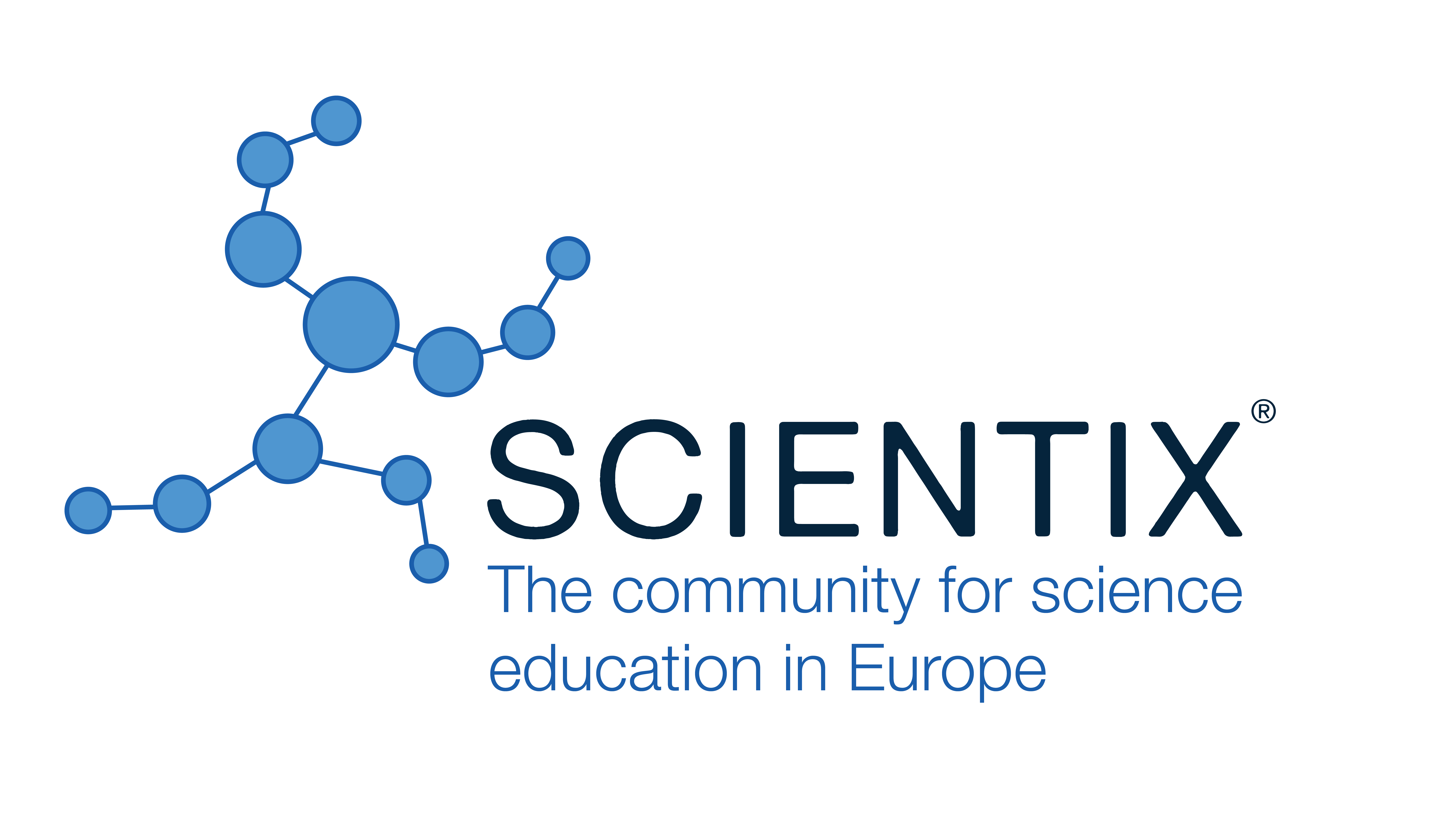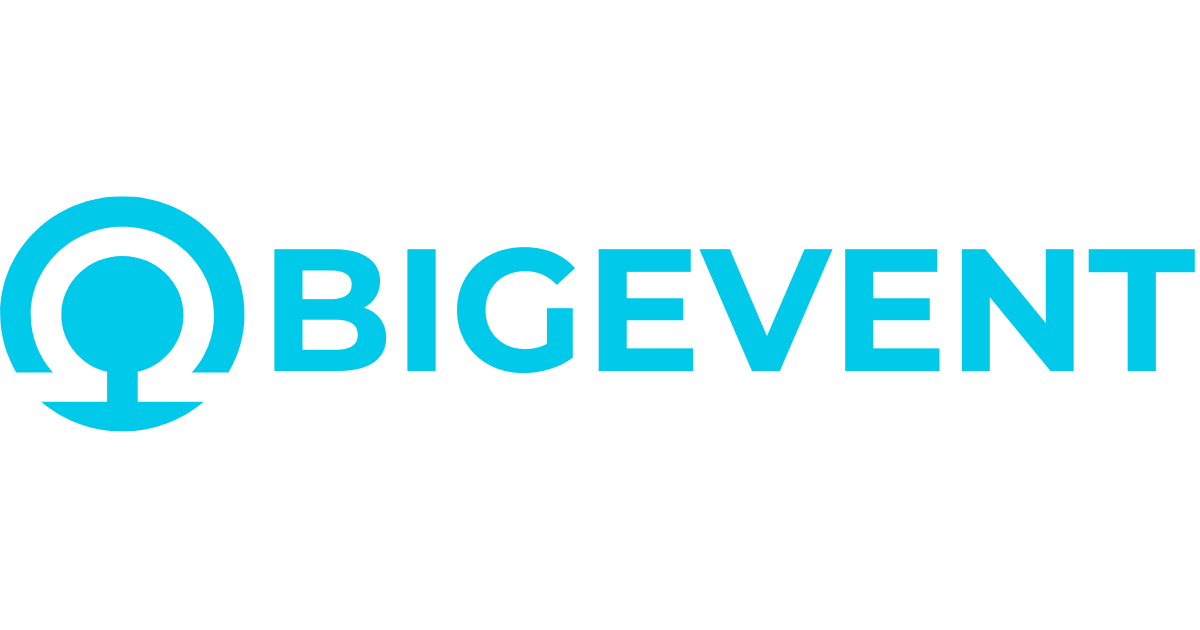Using a Teacher Self-Reflection Model to Enhance Language and Literacy Instruction for Multilingual Learners
Shannon Giroir, University of Texas at Austin, U.S.A. (United States)
Leticia Romero Grimaldo, University of Texas at Austin (United States)
Abstract
Approaches to teacher professional learning (PL) have evolved considerably over the past two decades with the goal of more effectively engaging educators in the type of learning needed to meaningfully impact student achievement. Although traditional, or one-shot, approaches to PL are still used in schools, they rarely result in meaningful changes in teaching behaviors. Research has shown educators benefit from PL that is ongoing and job-embedded, and actively involves teachers’ collective participation (Desimone, 2009; Project ELITE, 2021). Additionally, self-captured video-reflection represents a transformative tool for enhancing teachers’ practice (Naidoo & Kirch, 2016; van Es et al., 2015) with the potential to improve teachers’ ability to notice, evaluate, and shift their behaviors to better meet the needs of their students. As part of a nationally funded initiative aimed at improving teaching for multilingual learners (MLs), we developed professional learning community model that emphasized teachers’ critical self-reflection and collective action-planning to improve instruction for MLs. Participation in the year-long cycle involved educators’ use of guided reflection protocols and collaborative problem-solving meetings to engage in reflection-action cycles. The researchers describe implementation examples and findings regarding the model’s feasibility, value, and usefulness to participating teachers. Data sources include surveys, focus group interviews, formal classroom observations, and teacher learning artifacts (i.e., written self-reflections). Findings suggest that self-reflective components of the model were perceived positively and were highly beneficial in promoting teacher change to better meet the needs of MLs.
Keywords: Teacher Professional Development; Multilingual Learners; Literacy
[1] Desimone, L. M. (2009). Improving impact studies of teachers’ professional development: Toward better conceptualizations and measures. Educational Researcher, 38(3), 181-199.
[2] Project ELITE², Project LEE, & Project ELLIPSES. (2021). Meeting the needs of English learners with and without disabilities: Brief 5, Promoting leadership and collaboration for an effective multitiered system of supports for English learners. U.S. Office of Special Education Programs.
[3] Naidoo, K., & Kirch, S. A. (2016). Candidates use a new teacher development process, transformative reflection, to identify and address teaching and learning problems in their work with children. Journal of Teacher Education, 67(5), 379-391.
[4] van Es, E. A., Stockero, S. L., Sherin, M. G., Van Zoest, L. R., & Dyer, E. (2015). Making the most of teacher self-captured video. Mathematics Teacher Educator, 4(1), 6-19.
 The Future of Education
The Future of Education





























